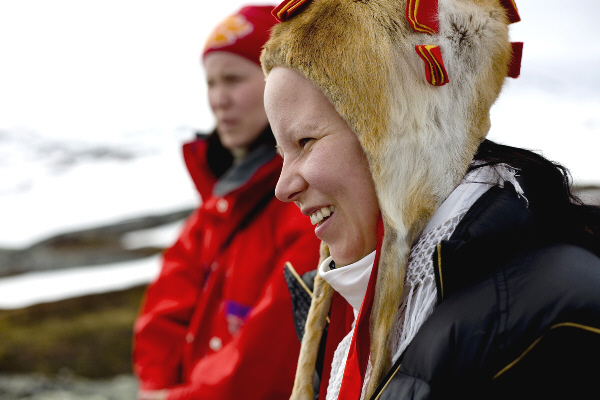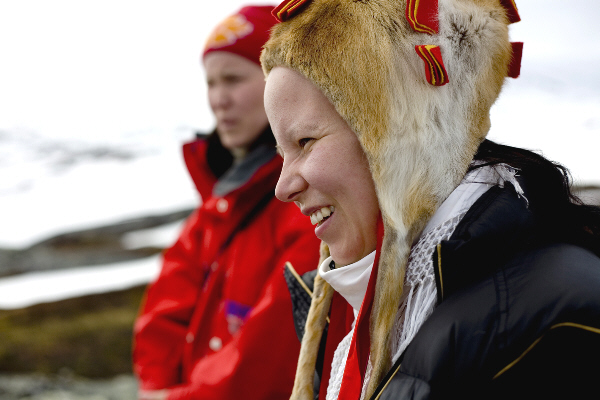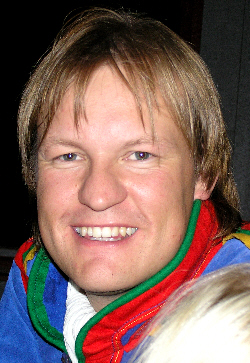
Photo courtesy of Carl-Johan Utsi/cjutsiphoto.se
I first met Lennart in Jokkmokk while doing research for an article on Swedish-Sami relations. I was taken in by his passion as he described the new organization he was spearheading – VisitSápmi, and I immediately understood why.
As an indigenous Sámi himself, this project was a lot more personal on many levels.
So I reached out to him on behalf of Matador to take us behind the scenes of VisitSápmi, explain its purpose, vision, and goals as well as outline why it is such an important project in helping preserve centuries old Sámi traditions and culture.


